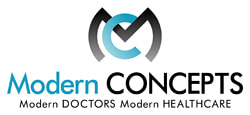What’s Causing My Back and Neck Pain? How Do I Know if My Pain is Serious?
All chiropractic treatments are based on the concept of “subluxation”. A subluxation can be defined as the relocation of a joint (a degree less than


All chiropractic treatments are based on the concept of “subluxation”. A subluxation can be defined as the relocation of a joint (a degree less than
There are a large variety of factors that can affect your testosterone and estrogen levels. Whether it’s caused by cortisol produced by the body’s response
This is a very common question that, sadly, doesn’t have a simple answer. While most people often tend to think of the expense purely in
What does “Bio-Identical” mean? The term “Bio-Identical” refers to the chemical structure of the hormones used in the treatment. Essentially, it means that the molecular
Your spine alignment plays an integral role in overall health and wellness. Obviously, the spine lays the framework for the skeletal and muscular systems which
The nerve that travels from your lower back, down your legs, and all the way to your feet is called your sciatic nerve. If something